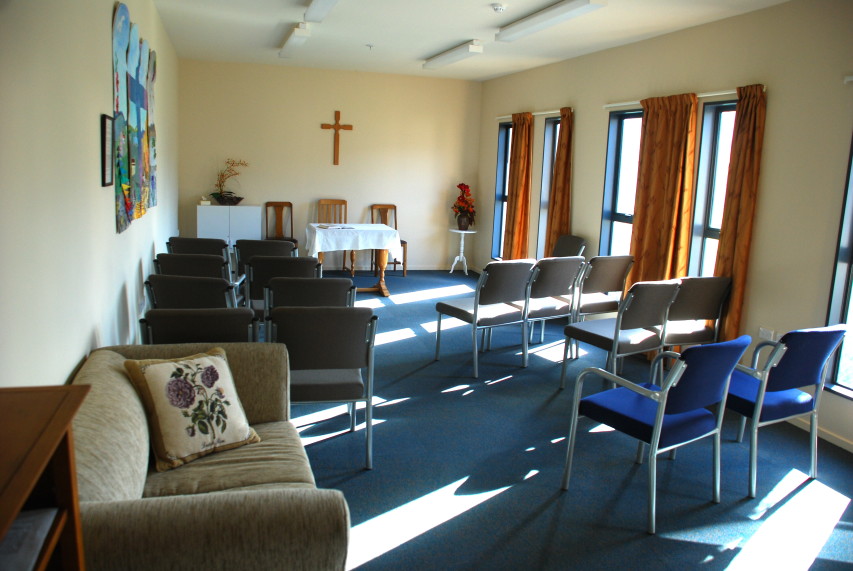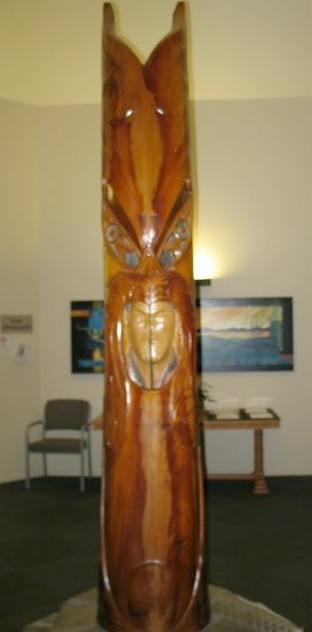



Te Wero o Kaiamio
The challenge of Kaiamio the savior of our people, captured by the man eating, water swallowing Taniwha Kopuwai and his two headed dogs. He put Kaiamio in his cave and tied her to himself, so as to stop her escape.
Trapped in his cave Kaiamio contemplates her situation and rests. In time she learns about the Taniwha and sets plans in place to overcome the grasp of Kopuwai.
When the Nor-west wind blows Kopuwai sleeps, this is when she will make her escape out the back entrance and having built a waka from reeds on the banks of the Matau/Clutha river. She will row to the coast and back to her people.
She ties her end of the rope to a close by reed, so that the Taniwha feels no slackness on the rope, this should give her time to make her escape.
Her flee is successful and on returning to her people she informs them of her ordeal and the best way to be rid of this Taniwha once and for all.
Once the wind is right the people gather fuel for a fire and place it at the mouth of the cave, on lighting it Kopuwai try’s to escape through back entrance but whanau is waiting and overcome the Taniwha, the cries of Kopuwai are heard throughout the land of Uruuruwhenua/Central Otago, when the wind is right you may still hear the voice of the Taniwha.
Kopuwai is killed and the people of the land can live in harmony once more. The large rock also known as the Obelisk on the top of the Old Man/Kopuwai mountain range is believed to be Kopuwai turned to stone.
Within this Purakau (story) there are many metaphors that can be identified.
Kaiamio rested and gained knowledge on how to overcome the great Taniwha.
Taniwha come in many shapes and forms, sometimes we may feel trapped or isolated when faced with our own Taniwha, Like Kaiamio in the cave of Kopuwai.
Kaiamio stands to remind us that even when we are faced with immense adversity, with the support of Whanau and the Whanau of Dunstan Hospital the people of the land can feel at ease, they have expertise at hand, a place to rest if needed and the facilities to cope with the Taniwha that arise.
The carving is centrally situated in the atrium of the hospital.
NOHO ORA MAI